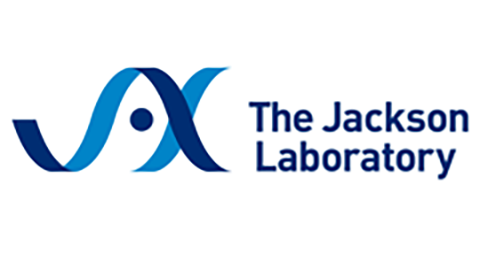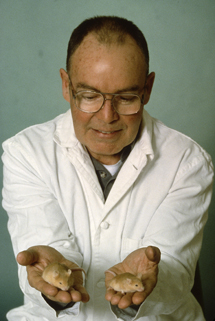Reconstructing generalized logical networks of transcriptional regulation in mouse brain from temporal gene expression data.
Document Type
Article
Publication Date
2009
First Page
545176
Last Page
545176
JAX Source
EURASIP J Bioinform Syst Biol 2009:545176.
Abstract
Gene expression time course data can be used not only to detect differentially expressed genes but also to find temporal associations among genes. The problem of reconstructing generalized logical networks to account for temporal dependencies among genes and environmental stimuli from transcriptomic data is addressed. A network reconstruction algorithm was developed that uses statistical significance as a criterion for network selection to avoid false-positive interactions arising from pure chance. The multinomial hypothesis testing-based network reconstruction allows for explicit specification of the false-positive rate, unique from all extant network inference algorithms. The method is superior to dynamic Bayesian network modeling in a simulation study. Temporal gene expression data from the brains of alcohol-treated mice in an analysis of the molecular response to alcohol are used for modeling. Genes from major neuronal pathways are identified as putative components of the alcohol response mechanism. Nine of these genes have associations with alcohol reported in literature. Several other potentially relevant genes, compatible with independent results from literature mining, may play a role in the response to alcohol. Additional, previously unknown gene interactions were discovered that, subject to biological verification, may offer new clues in the search for the elusive molecular mechanisms of alcoholism.
Recommended Citation
Song MJ,
Lewis CK,
Lance ER,
Chesler EJ,
Yordanova RK,
Langston MA,
Lodowski KH,
Bergeson SE.
Reconstructing generalized logical networks of transcriptional regulation in mouse brain from temporal gene expression data. EURASIP J Bioinform Syst Biol 2009:545176.


